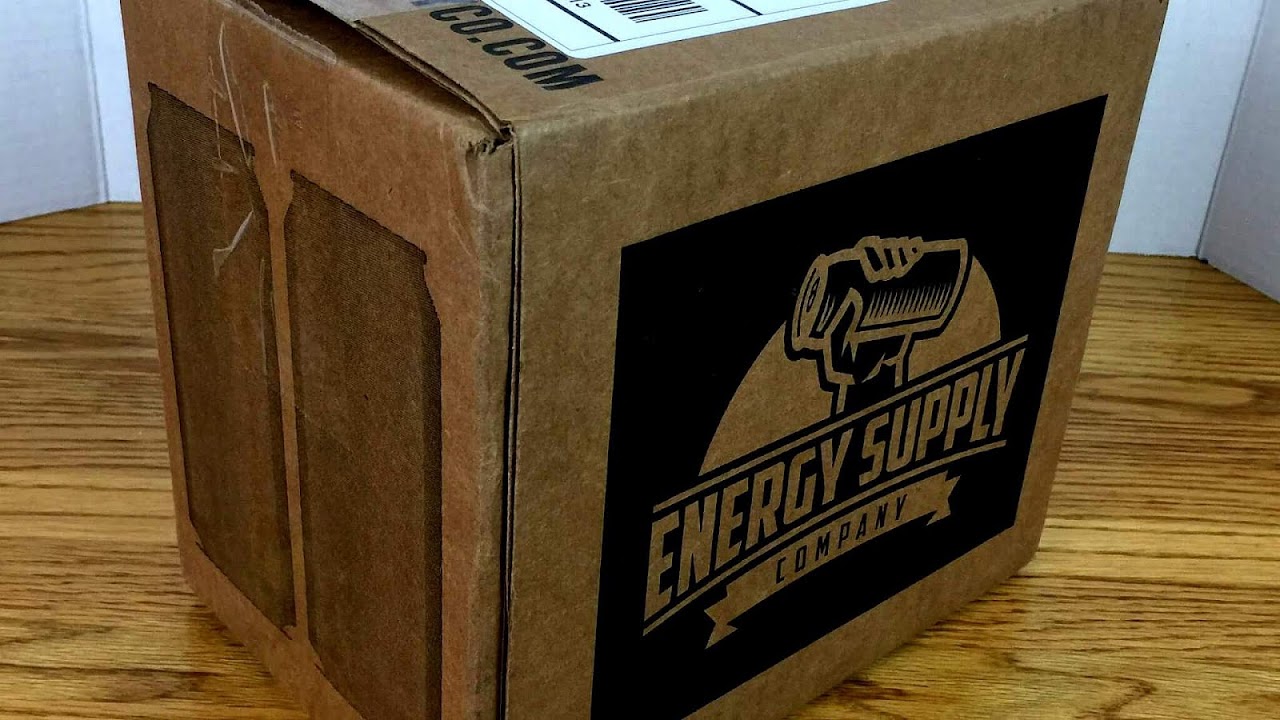
The Big Six are the United Kingdom's largest energy suppliers, supplying gas and electricity to over 50 million homes and businesses in Britain, with over 90% share of domestic customers. "Supplier" is meant by the business of buying wholesale power (or gas), paying network and government policy costs and charges, and charging the customers of that supplier, for their electricity (or gas). The assets of a supplier, which is a separate licensed business, are its people, and its offices. The business of four of the big energy Suppliers, including of their wider company groups, does not entail owning, or running, any actual network assets - underground cables, overhead lines, or pipes - to physically deliver electricity or gas. The two exceptions to this, are the two big Scottish Supplier firms, whose wider company groups do own some network assets.
Confusingly, the term "Big Six" has recently been used prominently in the British media to refer, instead, to Britain's energy network firms such as UK Power Networks (which are generally independent of the biggest six British energy suppliers). There has also been a tendency in the media to wrongly refer to electricity network firms as "electricity suppliers", thus sowing further confusion and misunderstanding,
The "Big Six" as the term has most often been used, tends to be a reference to the oldest British electricity companies (which are all also involved in the retail Supply of gas) plus British Gas. This comprises (1) British Gas (owned by UK firm Centrica which is listed on the LSE), (2) EDF Energy (owned by French firm Électricité de France which is listed on the Paris Stock Exchange, (3) npower, (4) E.ON UK (each German-owned), (5) Scottish Power (Spanish-owned), and (6) SSE (listed on the LSE).
According to SERIS, the generation businesses of the 'Big Six' energy firms amount to around three-quarters of British generating capacity. Three out of the 'Big Ten' generators in the UK can probably still be categorised as majority-owned by British shareholders; the other seven are listed firms that are owned by their many shareholders, some of whom will be British, but many of whom may not be British.
Figures from independent research group Cornwall Energy suggest that by September 2014 Britain's big six energy companies had a 92.4% share of the market - a decrease from 99.8% in 2009.

Maps, Directions, and Place Reviews
Ofgem investigation
In June 2014, energy watchdog Ofgem referred the energy industry to the Competition and Markets Authority (CMA). The 18-month investigation is to conclude whether the big six have been profiteering and should be broken up.
Alternatives to the Big Six
Since the 2014 Ofgem investigation began, many energy customers have switched to independent energy companies to get better deals and service. According to research from Cornwall Energy, independents have increased their share from 0.2% to 7.6% and 3.8m customers have accounts with smaller, independent suppliers. In December 2014, Utility Warehouse, part of FTSE 250-listed company Telecom Plus became the UK's biggest independent energy supplier through a £218m deal to buy 770,000 existing customers from npower. In September 2014, First Utility announced it was the first independent utility supplier to reach the milestone of 1m customer accounts for gas and electricity - the equivalent of 550,000 customers, which makes it the seventh-largest energy supplier in the UK and the country's biggest independent energy provider. Since 2009, other entrants into the market include a number of new energy companies including Ovo Energy, Good Energy, Ecotricity, LoCO2 Energy, Flow Energy, Spark Energy, the UK's first co-operative supplier - The Co-operative Energy - and, in 2015, the first Local Authority-owned energy company since 1948 - Robin Hood Energy. Many of these newer entrants are seeing significant growth in customer numbers, in part due to their greater commitment to renewable energy and, in the case of The Co-op, community renewable energy projects.
Energy Supply Companies Video
Big Six
Source of information in this table
Source of the article : Wikipedia








EmoticonEmoticon